An airline pilot tackles the seemingly simple question: Why Learn How to Fly an Airplane?
Captain Kenneth W. Phelps, Delta Retired
Do you ever dream of flying? Why learn how to fly an airplane? How about to give yourself the world’s best view, but that’s just the beginning. Personal aviation can take you wherever you want to go. For some pilots, it is more about the fun than the practicality. For others, it is one of the most exciting industries in which to build a career. You can start by taking flying lessons at your local flight school, and work all the way up to captain of a Boeing 787. There are multiple points of entry in the aviation/aerospace industry. There are many ways to make a living as a pilot, from a flight instructor to a commercial airline pilot. Introductory flights, educational camps, and internship opportunities empower young people to become a part of the next generation of aviators. Flying is one of the most challenging activities you’ll ever experience, and that’s what makes learning to fly so rewarding.
Everyone has the dream to learn how to fly an airplane or a helicopter at some point. Unfortunately, not everyone realizes that it’s possible to turn those dreams into reality. You can escape from the two-dimensional world. Flying takes you to a different world with new perspectives. Suddenly, distances shrink and your perspective changes. You start thinking of your world from above. Your senses are in tune with the world of flight, and no longer limited by your cares, concerns, and duties on the ground. In Wind, Sand and Stars, Antoine (2002) states, “I fly because it releases my mind from the tyranny of petty things.”
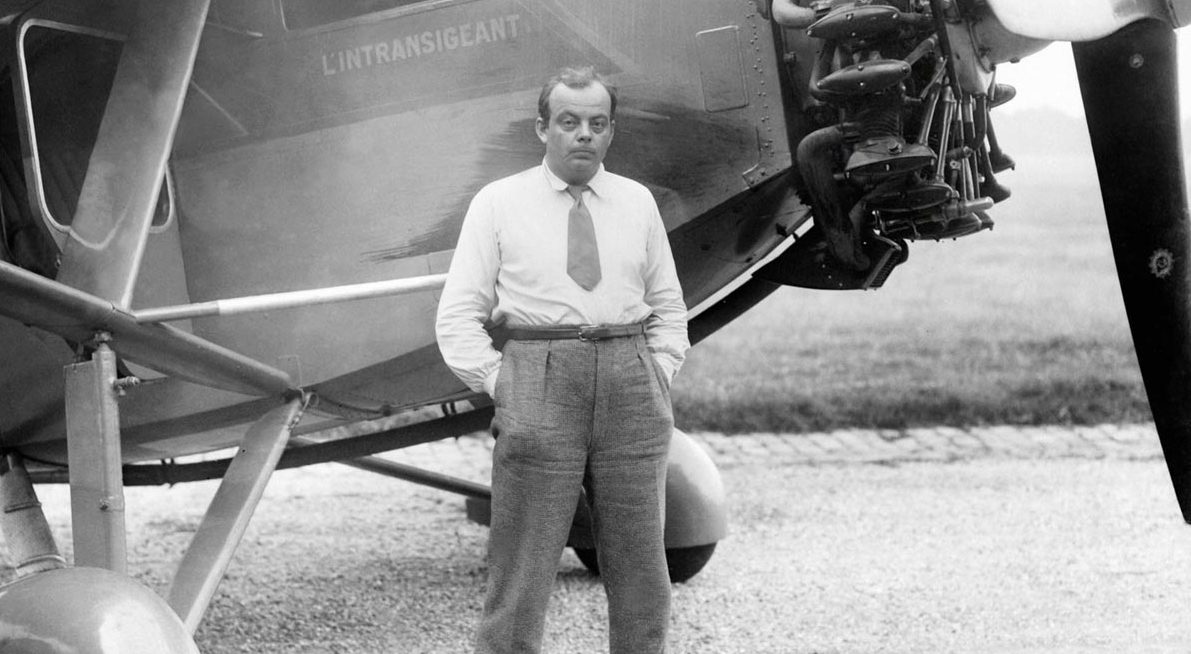 Antoine de Saint-Exupery: World Famous Author and Renowned Aviator
Antoine de Saint-Exupery: World Famous Author and Renowned Aviator
… Antoine and his navigator, André Prévot (who were flying a Caudron Simoun aircraft, a four-seat touring monoplane) wouldn’t break the record; instead, after nearly 20 hours of flight time, they crashed in the Sahara desert [Read More]
The dream of flight is as old as man. Plato (2007), a philosopher and mathematician in Classical Greece, in Phaedrus states, “The natural function of the wing is to soar upwards and carry that which is heavy up to the place where dwells the race of gods. More than any other thing that pertains to the body it partakes of the nature of the divine.”
Charles A. Lindbergh (2003), in The Spirit of St. Louis, found the following: “Science, freedom, beauty, adventure: what more could you ask of life? Aviation combined all the elements I loved. There was science in each curve of an airfoil, in each angle between strut and wire, in the gap of a spark plug, or the color of the exhaust flame. There was freedom in the unlimited horizon, on the open fields where one landed. A pilot was surrounded by beauty of earth and sky. He brushed treetops with the birds, leapt valleys and rivers, explored the cloud canyons he had gazed at as a child. Adventure lay in each puff of wind. (p. 261).”
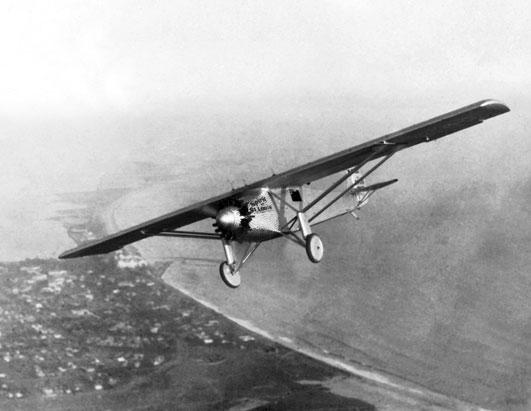
These great quotes inspire me to think about why I fly, and I found that coming up with an answer was not simple, and I suspect it is the same for many aviators. Sure, I can remember the first ride in my older cousin’s Piper Pacer as the tail came up and the ground started falling away. I was enchanted as we circled over my family’s farm, but this is not the reason I’ve spent so much of my life in a cockpit. When looking back on this time that can now be measured in full years rather than hours, some would say that it borders on obsession. My career was also my passion, and I was lucky enough to spend a good bit of those years in the cockpit of the Douglas DC-3.
Introduced in 1936, the Douglas DC-3 passenger aircraft was, and still is, one of the wonders of the world. More than any other aircraft, this aircraft shrank the world and helped America win World War II. Almost 80 years after its introduction, a few hundred DC-3s are still flying worldwide. That fact is unbelievable in an age when thousands of younger jet airliners have already been retired to the aviation boneyards.
In 1957, Boeing introduced their wonder jet, the Boeing 707, which made the wonders of the world more accessible. It shrank the world by a factor of two and fulfilled the dream of international travel for thousands of Americans. The passenger jet along with the personal computer ranks as the greatest technological innovation of the second half of the twentieth century. The computer turned your lowly desk into a world of knowledge, but the jet turned you into an adventurer. It freed you from the desk and allowed you to become a Lindbergh or an Earhart. It was the age of Camelot, and Frank Sinatra’s “Come Fly with Me” was designed as a musical trip around the world. I was engaged in what I believe to be the most thrilling industry in the world, aviation.
Centuries ago, Leonardo da Vinci grasped not only the spirit of flight but also some of the key principles that later enabled man to fly. Of da Vinci’s many areas of study, this Renaissance man’s favorite was the area of aviation. Da Vinci seemed truly excited by the possibility learning to fly and of people soaring through the skies like birds. His flying machine (also known as the “ornithopter”) ideally displays his powers of observation and imagination, as well as his enthusiasm for the potential of flight. The design for this invention is clearly inspired by the flight of winged birds, which da Vinci hoped to replicate. Production of the helicopter did not begin until the 1940s, but da Vinci’s sketches from the late fifteenth century of the Aerial Screw were the predecessor to the modern day helicopter. Leonardo also captured the essence of why we fly. Leonardo da Vinci (1452-1519) stated simply, “Once you have tasted flight, you will forever walk the earth with your eyes turned skyward, for there you have been, and there you will always long to return.” This must be the most famous aviation quote, and it is attributed everywhere (including some Smithsonian publications and the Washington Post) to Leonardo da Vinci.
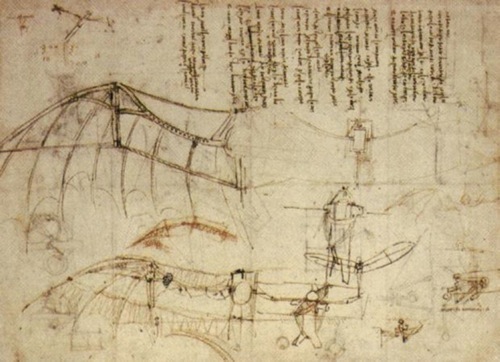
What is it about flying that so enraptures us? On December 17, 2003, the one hundredth anniversary of the Wright Brothers’ first successful flight, Bill Gates, the Chairman of Microsoft, explained, “The Wright Brothers created the single greatest cultural force since the invention of writing. The airplane became the first World Wide Web, bringing people, languages, ideas, and values together.” Since December 17, 1903, when Orville Wright piloted the first powered airplane 20 feet above a wind-swept beach in North Carolina, the world has indeed become smaller, with more of our experiences shared as global experiences.
As I again reread these paragraphs, I realize they don’t really answer the question as to why I fly. We do not look for reasons that we fall in love, so why should we look for reasons that we fly? Charles A. Lindbergh (2003), in The Spirit of St. Louis, explains, “Sometimes, flying feels too God like to be attained by man. Sometimes, the world from above seems too beautiful, too wonderful, too distant for human eyes to see.” The romance of flight and the sky runs deep in our human psyche, and it is much more than a common means of transport. Perhaps, William Shakespeare, in “A Midsummer Night’s Dream,” said it best, “My soul is in the sky.” From the earliest days of mankind on the Earth, we have cherished a magnificent dream of being able to soar in the heavens. On December 17, 1903, Wilbur and Orville Wright succeeded in making the first sustained, powered flight under the control of a human pilot, on the sand dunes of Kitty Hawk, on the North Carolina coast. It lasted 12 seconds, traveled at a ground speed of 6.8 m.p.h., and reached an airspeed of 30 m.p.h., while covering the length of 120 feet. And the world was forever changed.
Aviators are passionate about flight. Come and join us.
References:
Cahn S. & Van Heusen, J. (1957) Come fly with me [Recorded by Frank Sinatra] On Come fly
with me [Record]. Hollywood, CA: Capitol Studio. (1958).
da Vinci, L. (1505). Codex on the flight of birds. Washington, DC: National Air and Space
Museum.
de St-Exupery, A. (2002). Wind, sand and stars. San Diego, CA: Harcourt.
Gates, W. H., Knörzer, D., & Szodruch, J. (2012). Innovation for sustainable aviation in a global
environment. Amsterdam, Netherlands: IOS Press.
Lindbergh, C. A. (2003). The spirit of St. Louis. New York, NY: Scribner.
Plato, (2007). Phaedrus. Minneapolis, MN: FQ Classics.
Shakespeare, W. (2008). A midsummer night’s dream. New York, NY: Random House.






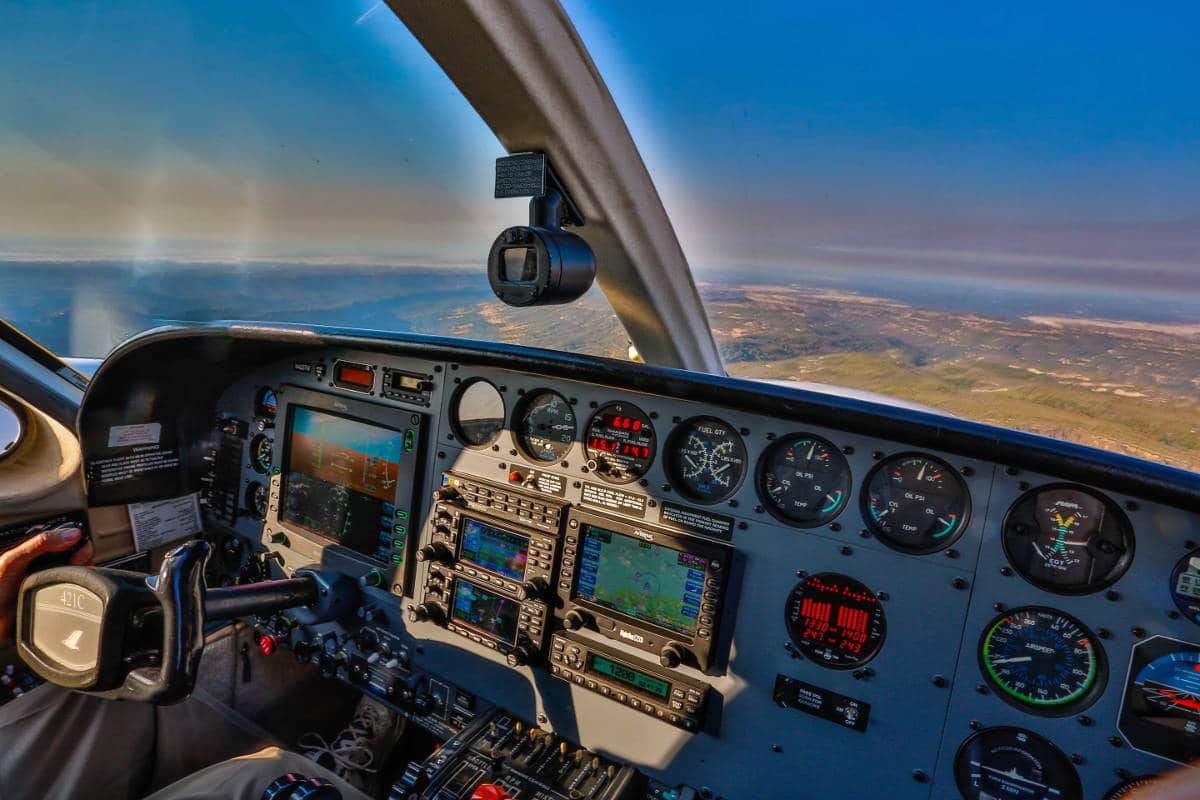




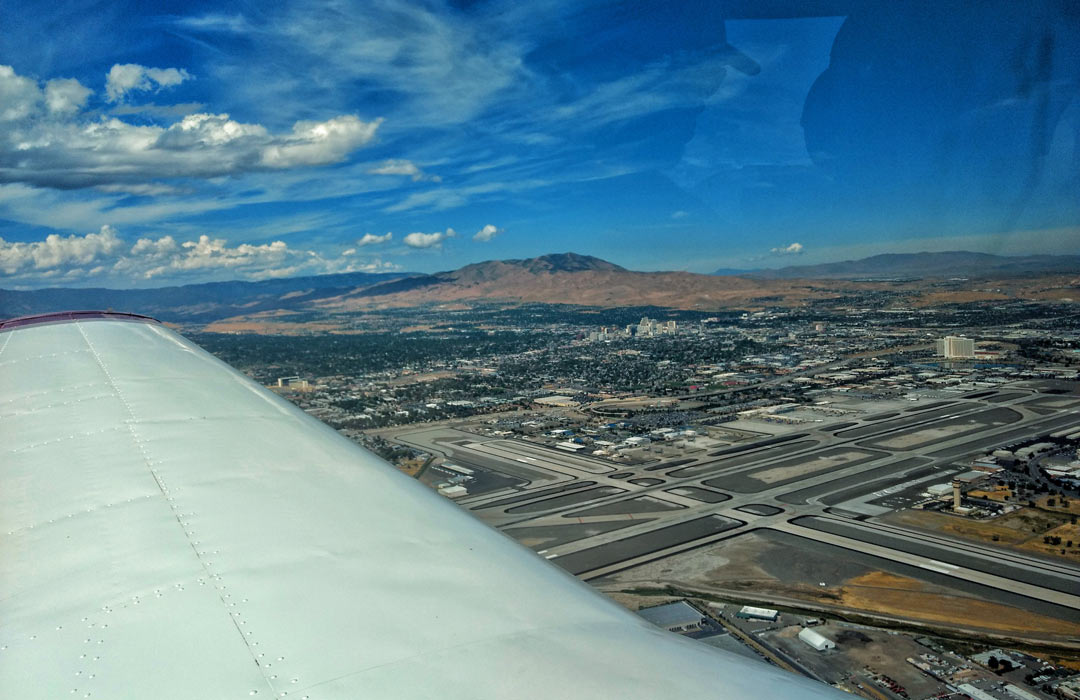

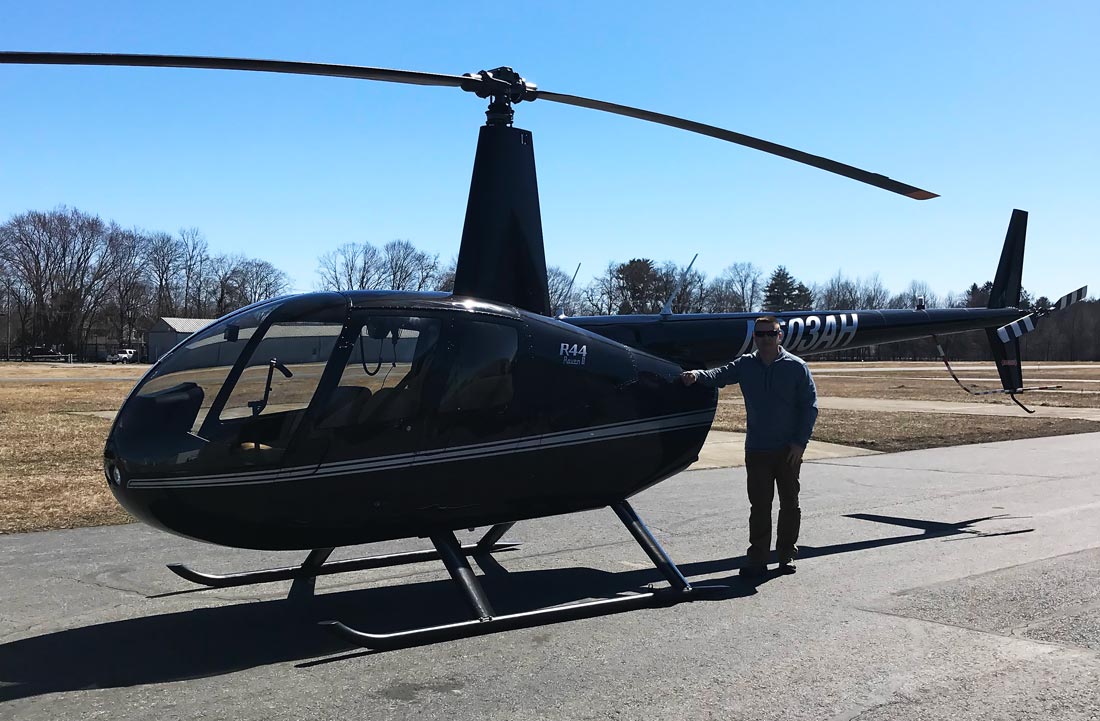

Leave a Reply